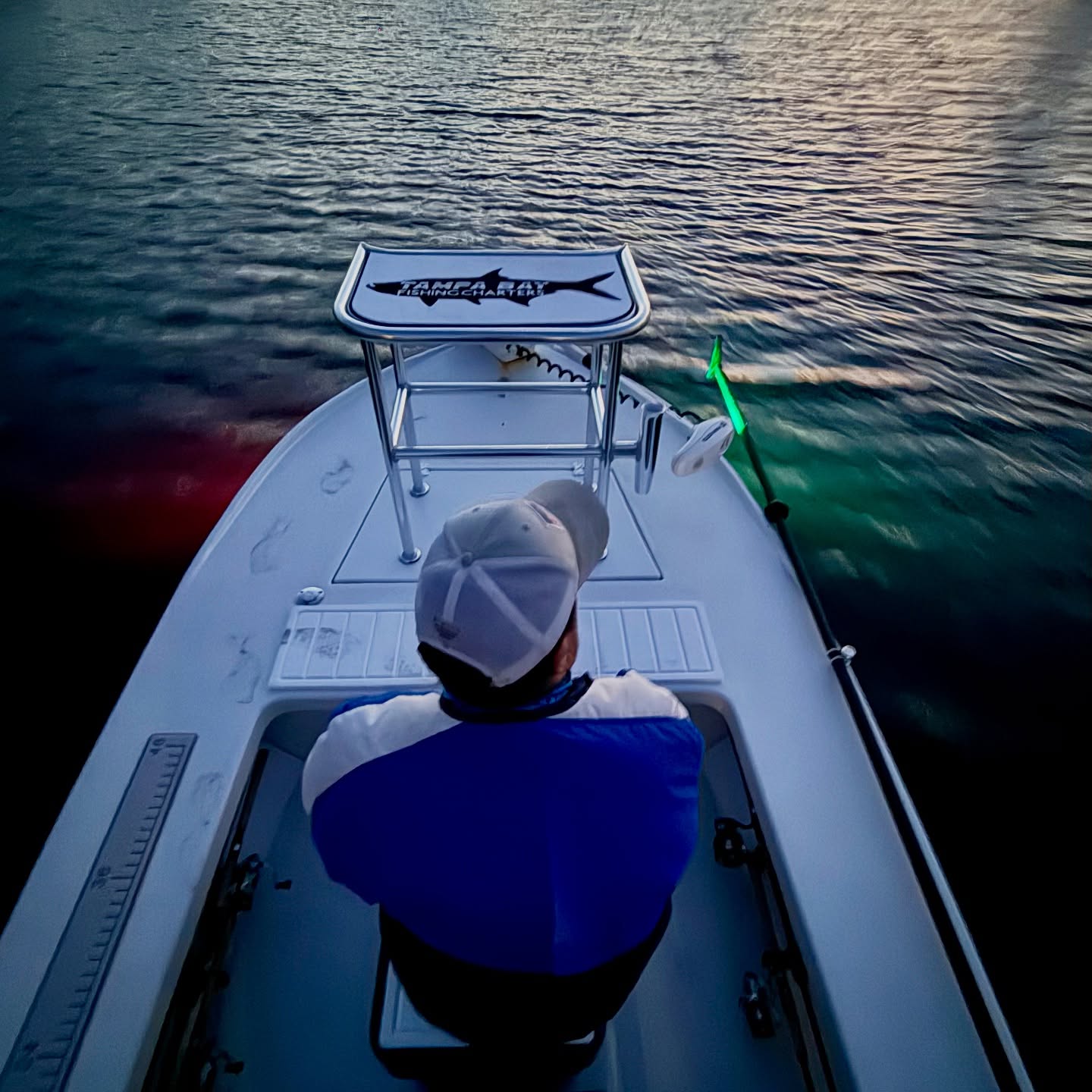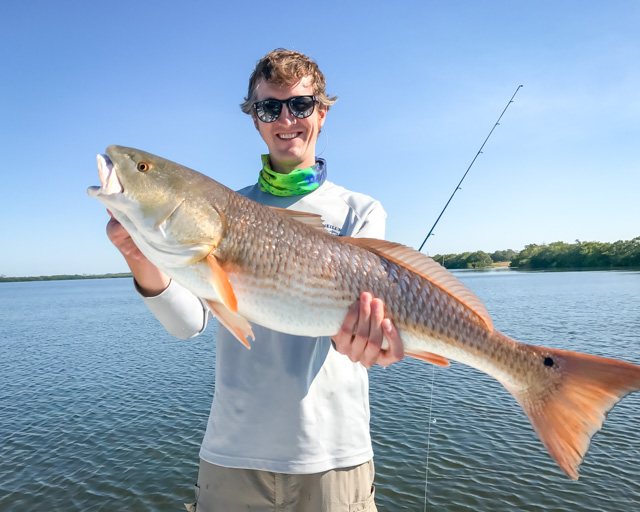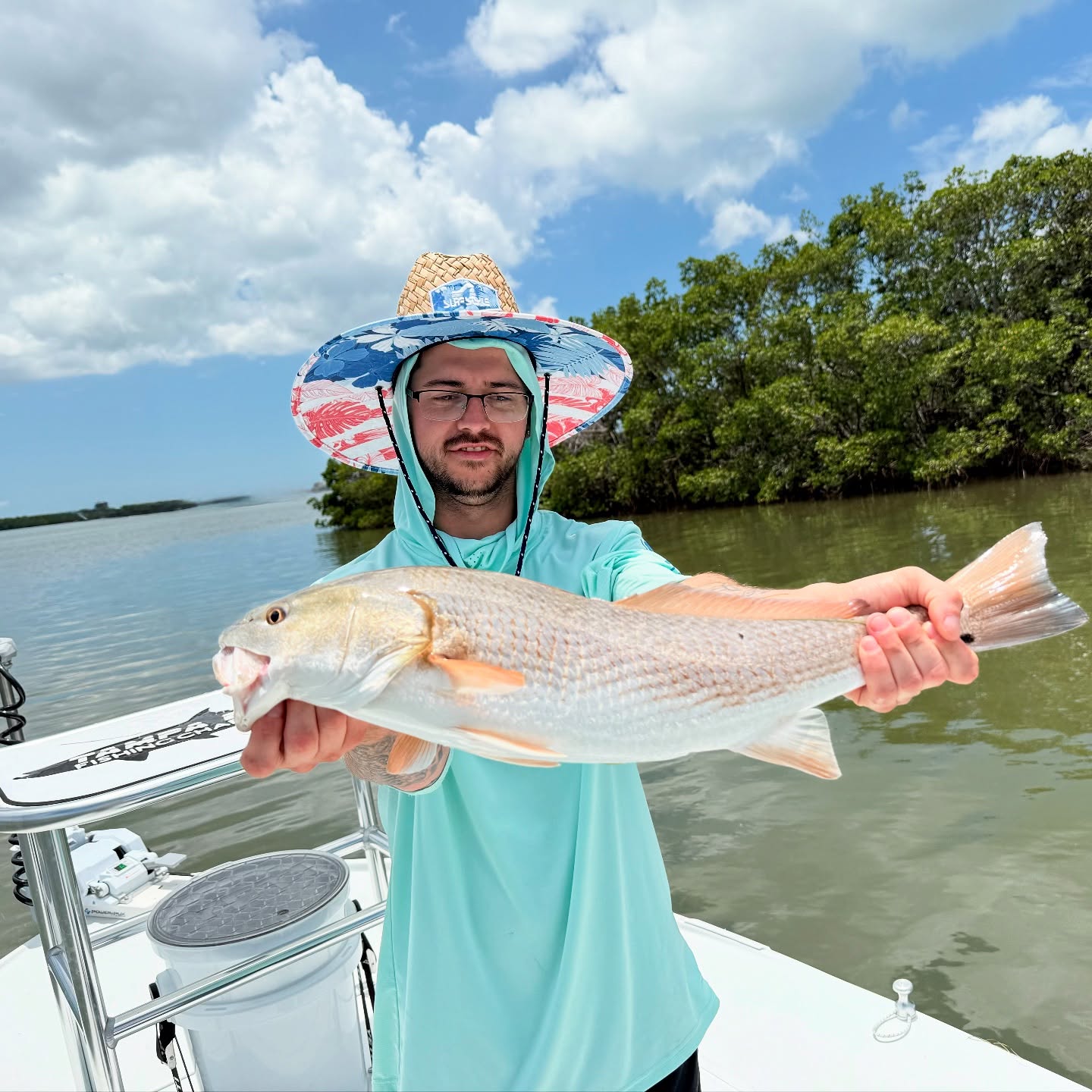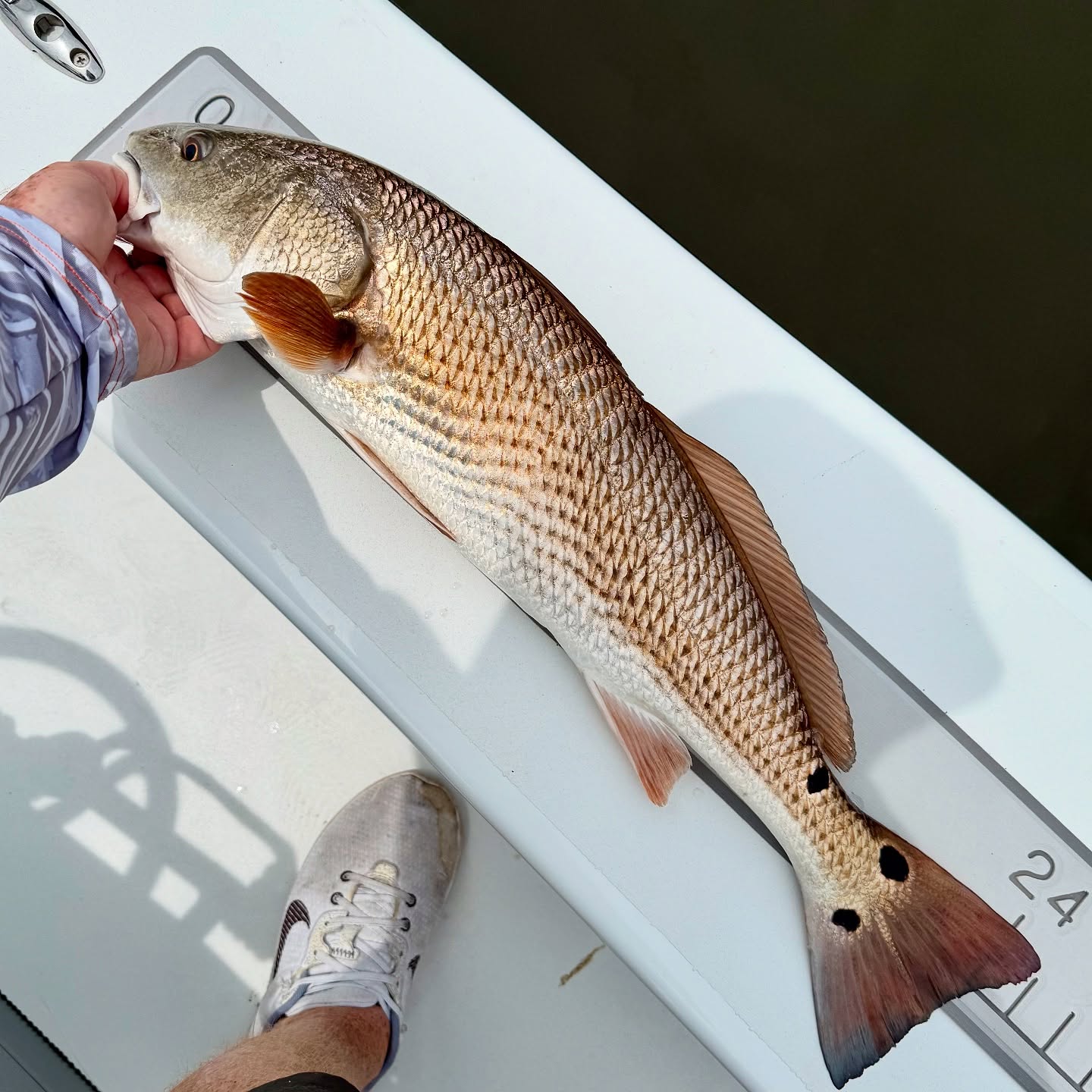How Local Conditions Change Fish Activity in Tampa Bay
Fish in Tampa Bay don’t stick around just because you want them to. One day the bite is nonstop, the next it’s dead. Water temp, wind, tide, and rain decide where the fish go and when they eat. Miss those changes and you’ll waste your time. Pay attention and you’ll catch more, plain and simple. The same shifts that drive fish behavior also take a toll on boats — salt, storms, and constant use all add up. That’s why having access to a reliable, mobile service like Boat Repair Miami, which travels across Florida, can be the difference between staying on the water or sitting out a season.

Fish in Tampa Bay never stay put. They move with the weather, the tides, and the seasons. One day, tarpon roll in the passes. The next, they’re gone, pushed by a cold snap or a shift in the wind. Tampa tarpon fishing rewards those who pay attention. Ignore the signs, and you’ll miss your shot.
Water Temperature Drives Everything
Temperature changes flip the switch on fish activity. A cold front sweeps through, and snook, redfish, and trout drop into deep holes. They slow down. Bites get soft. Lures that worked yesterday get ignored. When the sun returns and water warms, fish slide back onto the flats and mangrove edges. They feed hard, but only for a window. Miss it, and you’re left with stories instead of fish.
- Cold snaps push fish deep. They hunker down, barely moving.
- Warm spells pull fish shallow. They hunt bait on the flats and around oyster bars.
- Summer heat drives fish to shade, deeper cuts, or moving water with more oxygen.
- Early morning and late evening become the only times fish feed aggressively in the hottest months.
- Winter means slow retrieves, small baits, and patience. Fish won’t chase much.
Guides who track these shifts fill coolers. They don’t guess. They check water temps, watch the forecast, and move with the fish. With our Tampa Fishing Charters crew, we know when to switch from topwater to jigs, when to fish deep, and when to hit the flats. That’s the difference between a slow day and a limit.
Wind and Tide Change the Game
Wind and tide never stop working. Ignore them, and you’ll waste time. Strong winds stack bait and fish on windblown points. Calm days push fish into deeper water or under docks. Tide flips the script every few hours. Incoming water brings bait and predators onto the flats. Outgoing tide pulls everything back to channels and drop-offs.
- Wind pushes bait. Fish follow the food.
- Choppy water hides you from wary fish. Glassy calm makes them spooky.
- High tide opens up mangroves and oyster bars. Fish move in to feed.
- Low tide concentrates fish in deeper holes and troughs. Easy targets if you know where to look.
Winter brings a different set of rules. Winter fishing tactics focus on wind-protected shorelines and deeper water. Summer means chasing bait schools pushed by the wind. The best anglers read the wind and tide like a map. With Tampa Fishing Charters, we use that knowledge to put you on fish before you even make your first cast.
Rain and Runoff Flip the Switch
Heavy rain changes everything. Freshwater pours in, carrying nutrients and bait. Water clouds up. Fish scatter at first, then regroup when the food chain kicks in. Dirty water means less visibility. Fish hunt by smell and vibration, not sight. The bite can turn on fast once things settle.
- First flush after a storm muddies the water. Fish get scattered and cautious.
- As runoff slows, baitfish swarm the edges. Predators follow.
- Creek mouths and river outflows become hotspots. Everything feeds there.
- Some species, like redfish, thrive in the mix of fresh and saltwater. Others move out until things clear.
Fall and winter rains set up some of the best action. Fall-winter fishing in Tampa Bay means watching the weather, timing your trips, and hitting the right spots as the water clears. Patience pays off. The bite can go from dead to wide open in a day.
Techniques That Match the Conditions
Fish don’t care about your favorite lure. They respond to what’s happening right now. Murky water? Scented baits and noisy lures get attention. Clear water? Downsized baits and long casts fool wary fish. Fast retrieves work when fish are fired up. Slow, subtle movements get bites when the water cools or clouds up.
- Switch to soft plastics with scent in dirty water.
- Use topwater plugs at dawn and dusk during warm spells.
- Drop down to lighter line and smaller baits in clear, calm water.
- Work jigs slowly along the bottom when fish get sluggish.
- Match your retrieve to the mood of the fish. Fast when they’re chasing, slow when they’re sulking.
Spring brings its own set of rules. Spring fishing tactics mean covering water, finding bait, and staying mobile. The best days come to those who adapt. Stubborn anglers get left behind, but our guides help you stay ahead of the curve.
Book Your Tampa Bay Fishing Trip
Ready to experience world-class fishing guided by local knowledge? Contact Tampa Fishing Charters at 813-732-5971 or book online to reserve your spot today.
← Previous Post Next Post →






